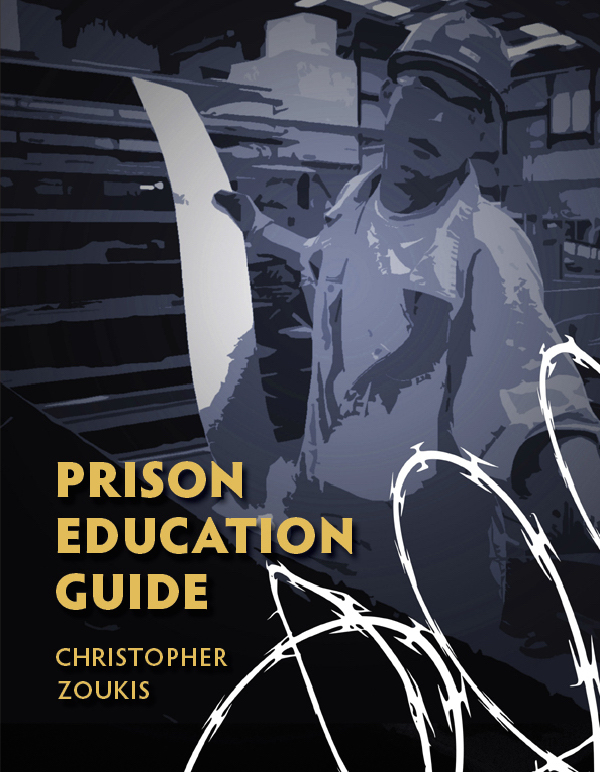California Supreme: “Beyond a Reasonable Doubt” Standard for Second Strike
by Edward B. Lyon
California is well known for its harsh Three Strikes law, which enhances prison terms for certain repeat offenders. Under that law, defendants whose first felony was “serious or violent” are classified as a “second strike defendant.” Their punishment range isdoubled. Defendants with two or more past “serious or violent” felonies were “third strike defendants” and sentenced to an indeterminate term of life imprisonment with a minimum term of at least 25 years. Under the original Three Strikes law, a third strike defendant was subject to a life term upon conviction of any new felony, regardless of whether it was classified as “serious or violent.”
In 2012, the Three Strikes Reform Act of 2012 (“Act”) was passed. It reduced the defendant class for enhanced sentences for third felony convictions. A current or future defendant facing a third felony that is neither serious nor violent faces second strike punishment. A defendant already serving a third strike sentence for a non-serious, nonviolent felony may seek sentence reduction with certain past offenses excepted. Reviewing courts have discretion to deny a reduction if it would cause “an unreasonable risk of danger to the public safety.” The state must plead and prove any of the enumerated disqualifying factors making applicants ineligible for resentencing. Courts have been split between use of the reasonable doubt or preponderance of evidence standards in these proceedings.
James Frierson and his wife had a violent history. Before they married, he assaulted and threatened her and vandalized her car. After marrying, he was sent to prison, and she told him that she was filing for divorce. He responded with threatening letters. The divorce was filed and a restraining order issued. Frierson continued to send letters in which he threatened to rape and kill her. A jury convicted him of “stalking and stalking while violating a restraining order.” Using his two prior robbery and prior corporal injury to a cohabitant convictions, he was third-strike sentenced to 25 years to life in prison.
After the Act was passed, Frierson filed for sentence reduction because stalking is not classified as a serious or violent felony. The prosecution opposed, citing his intent to cause “great bodily injury.” The trial court denied his petition for resentencing, ruling the prosecution had proven by a preponderance of the evidence that Frierson was ineligible for resentencing because he intended to cause great bodily injury to another person during the commission of the current offense (stalking). The Court of Appeal affirmed.
The California Supreme Court noted that the intent of the Act is to remedy excessive sentences imposed on nonviolent defendants. The Act’s resentencing procedure involves three separate aspects: (1) initial petition for recall of the sentence, (2) determination of eligibility, and (3) the court’s discretionary decision whether the defendant poses an unreasonable risk of danger to public safety. Once the first two steps are satisfied, the prosecution bears the burden of proving that one of the ineligibility criteria applies.
However, the Act does not specify the standard of proof that must be satisfied by the prosecution in establishing that an ineligibility criterion applies for resentencing. This is in contrast to second strike sentencing after the Act, which is explicitly provided for in the Act as beyond a reasonable doubt. The Courts of Appeal were split between preponderance of evidence and beyond a reasonable doubt standards.
The California Supreme Court held that beyond a reasonable doubt is the governing standard for establishing the applicability of an ineligibility criterion by the prosecution. The Court reasoned that the parallel structure of the prospective (sentencing after passage of the Act) and retrospective (resentencing of those convicted prior to the Act) portions of the Act “reflects an intent that the same beyond a reasonable doubt standard applies for the finding of ineligibility for a second strike sentence in both contexts.”
Accordingly, the Supreme Court reversed the Court of Appeal’s judgment and remanded the case with directions to return it to the trial court for further proceedings on Frierson’s petition. See: People v. Frierson, 4 Cal. 5th 225 (2017).
As a digital subscriber to Criminal Legal News, you can access full text and downloads for this and other premium content.
Already a subscriber? Login
Related legal case
People v. Frierson
| Year | 2017 |
|---|---|
| Cite | 4 Cal. 5th 225 (2017) |





